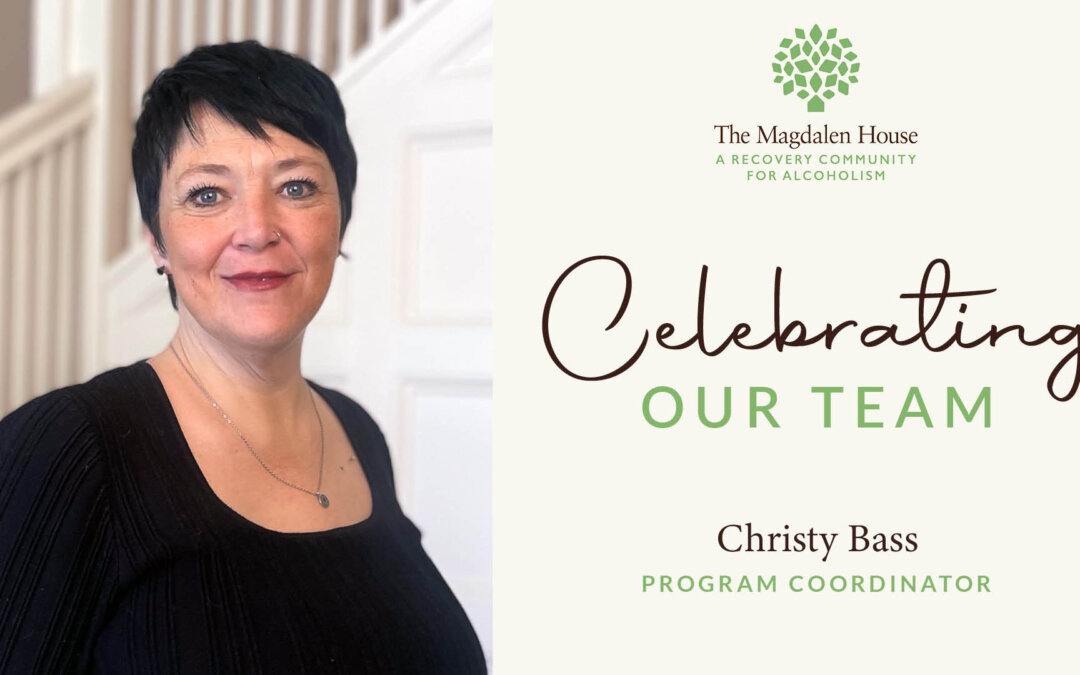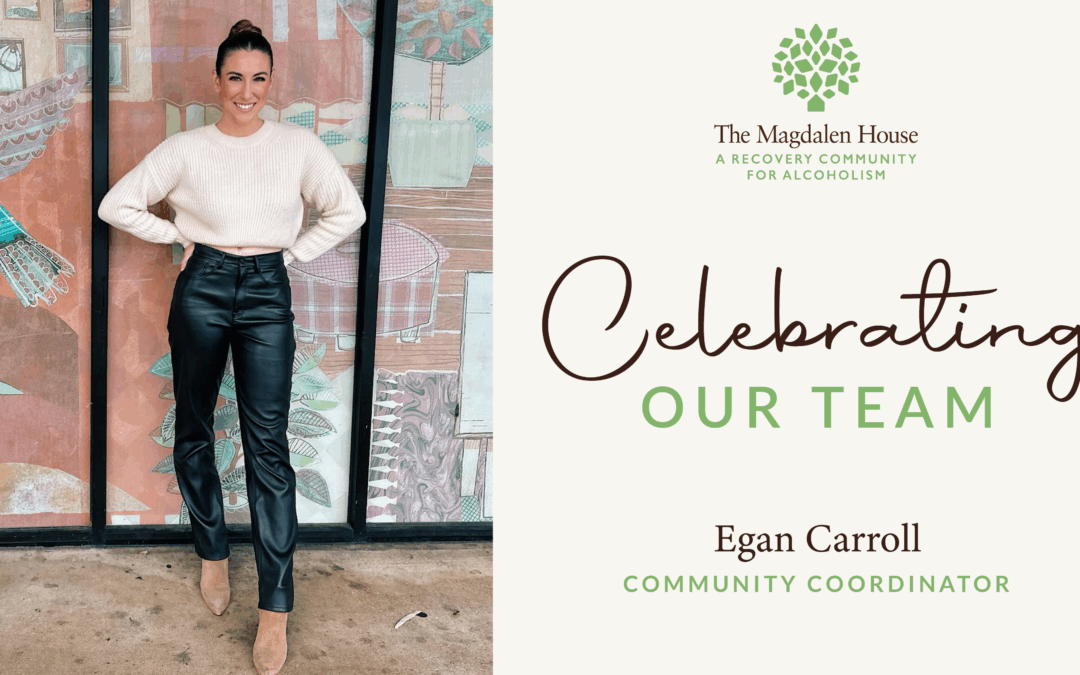What Makes Us Unique
What makes The Magdalen House unique, special, and successful?
We believe that it is our six points of difference! So, what are they?
Our first point is that we provide a safe, supportive, and inclusive environment for alcoholic women and men to recover in gender specific facilities.
Secondly, we have peer implemented services that facilitate mutual benefit; the recovered helping the recovering on a volunteer basis. Studies show that alcoholics who volunteer early on in treatment maintain and even increase their helping behaviors as the length of their sobriety increases.1 Our community of recovered alcoholics are uniquely qualified to guide and equip newly sober individuals to find a solution.
Another important way that we are unique is that our services are of no cost to our clients. Most individuals that come to us have depleted finances, have tried getting sober at several other treatment centers and are no longer able to use health insurance.
We are also 100% privately funded. This means that we don’t accept insurance or any government funding, which allows us the freedom to keep our curriculum entirely based on 12-step spiritual principles.
Additionally, we offer a continuum of recovery here at The Magdalen House. Our programs are offered year-round to women and men at every stage of sobriety, supporting a lifetime of recovery.
Our last point of difference is our comprehensive services. Our broad spectrum of recovery programs includes solution-focused meetings and workshops to allow any individual with alcoholism at any stage of their recovery the opportunity to practice spiritual principles and sustain long-term, ongoing sobriety.
Our doors are open seven days a week and we offer support for both alcoholics and their families. For more information about our three programs – First Step Program, Next Step Program and Community Program – please click here
1 – PAGANO, MARIA E., et al. “Helping Others and Long-Term Sobriety: Who Should I Help to Stay Sober?”Alcoholism Treatment Quarterly, U.S. National Library of Medicine, 1 Jan. 2009, ncbi.nlm.nih.gov/pmc/articles/PMC2727692/.






